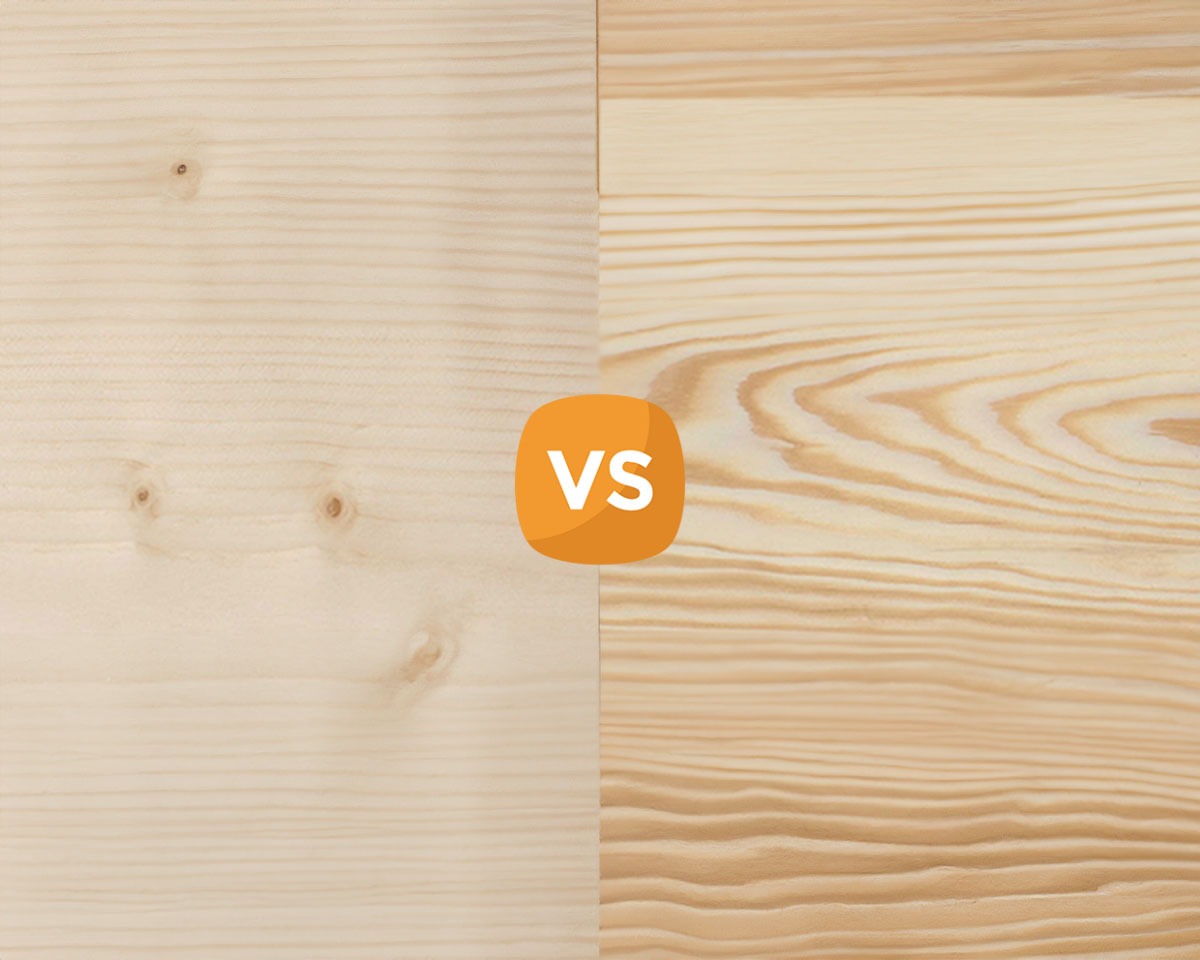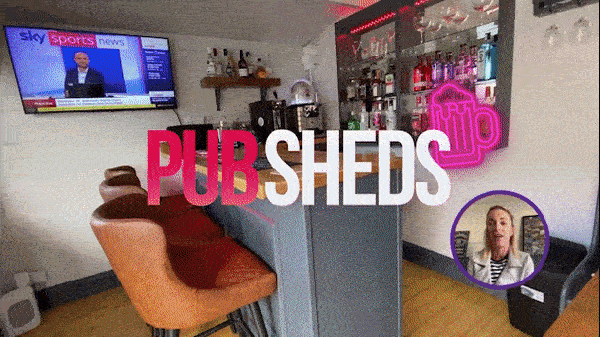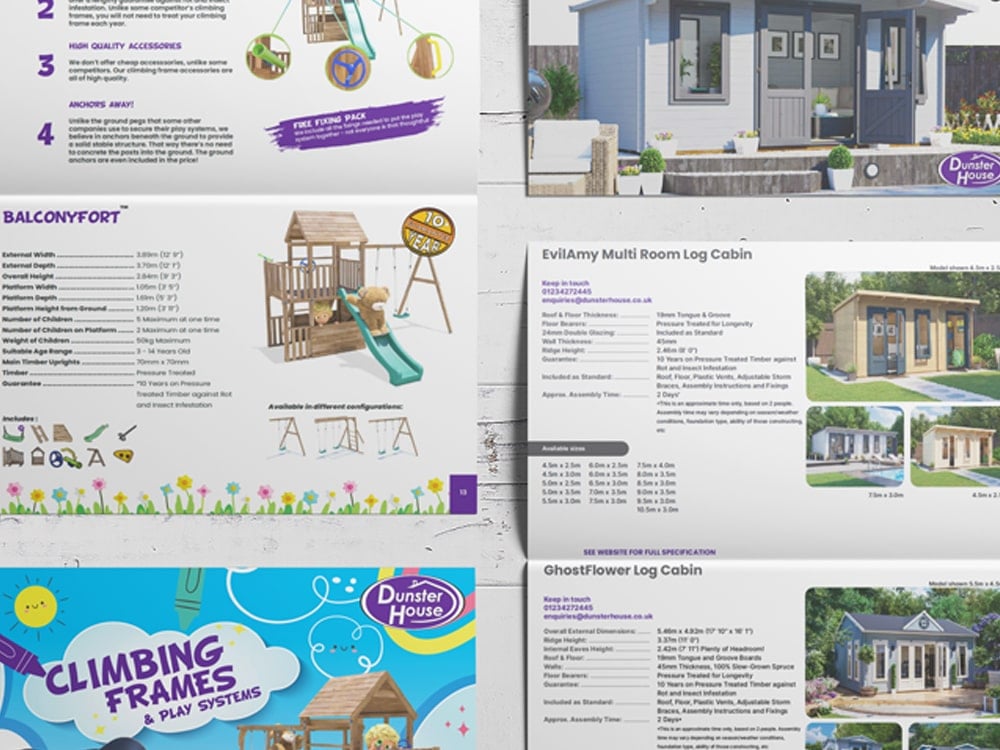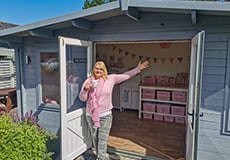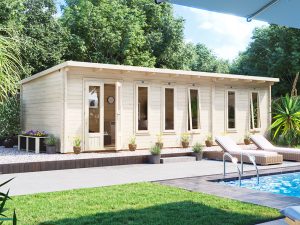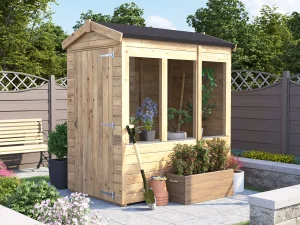Through our extensive knowledge built through years in the market, we have found that typically the garden buildings available are made from either pine (which is a redwood) or spruce (a whitewood), or some companies simply say softwood or mixed softwood (which means they don’t really know what they’re selling and it’s a mix of pine and spruce, but they’re just using what they can get hold of that week). We choose to use spruce for our garden buildings. That includes all our log cabins, summer houses, garden offices, climbing frames, sheds, garages, gazebos, pergolas and more!
Spruce Vs Pine
Pine is more permeable than spruce due to its cell structure so it absorbs water quicker and is, therefore, more susceptible to rot, water damage and blue mould. Blue mould is a common fungus which you may be more familiar with growing on stale bread than on timber; it grows on pine timber quite readily and discolours the timber as well as damaging it over time, but it does not affect spruce.
When it comes to your final product, spruce also far outweighs the aesthetic qualities of pine and softwood. Pine tends to change colour in the light, starting off with a slight pink tinge and slowly becoming darker over time meaning that the garden building you initially purchase is not the building you end up with.
This becomes worse when the company provides softwood as this is often a mix of whitewood and redwood meaning you often have two logs of spruce next to three logs of Pine resulting in a garden building that quickly becomes stripy.
Less Loose Knots
Another perk, as if you needed one, is that spruce has fewer knots than pine making the final look of the garden building cleaner and lighter. With all wooden products, you expect to find knots in the wood, adding to the character of your product. Our competitor’s cabins seem to have lots of loose knots, some of which have fallen out during production, transportation and construction. Some have even fallen out while the cabin has been stood in the garden!
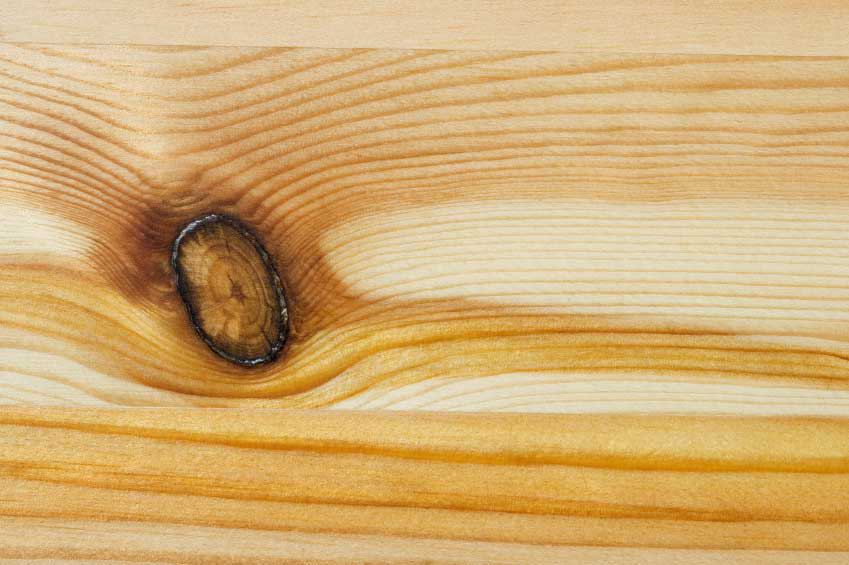
The tight quality control over Dunster House products aims to stop logs with loose knots going to customers because once the knot has fallen out the interior can be exposed to the elements, forming damp inside your cabin. Occasionally one slips through (but not the twelve shown in some of our competitor’s cabins) but even if we were as lax on quality control as they are, spruce tends to have fewer knots than pine, so it’s much less likely.
Spruce is naturally less resinous than pine meaning that it will produce less sap than in our competitor’s cabins. Unfortunately, our competitor’s cabins are not made with the same quality material, so sap runs have been seeping from panels leaving a sticky mess on the walls, floor, and shoes of anyone who has the cabin! This can happen with spruce as well to be fair but, once again due to the material used, it is less likely.
Bearers
Another way in which our competitors often seek to save money on their timber is on the bearers. Many of them will just dip their bearers, some might call pressure dipping. The timber experiences a bit of pressure as it sinks a couple of centimetres below the surface of the liquid. This colours the timber with a very cheap colourant and as it leaves the factory it looks good. However, it offers far less protection than proper pressure-treated bearers. A dipped piece of timber may be expected to last a year before it needs to be re-treated. A pressure-treated piece of timber can be expected to last 10 years without any need to retreat it.

Our garden buildings are of high quality and long-lasting. Offering you a place to create fond memories with your family, and friends. We hope you make the right choice of garden building. It’s important that you purchase something that will last a long time and that you can be truly proud of.
If you are still unsure, and you still have some questions unanswered, why not contact our experienced customer service team, who have all the answers to any other questions you may have!


